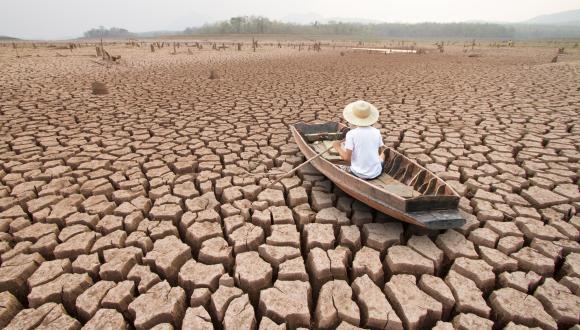Can we beat the heat?
The creative ways animals, plants and computers have of using every drop of water when the temperatures rise
It's no secret that global warming is upon us. We’ve experiencing more and more extreme conditions, with longer dry periods, shorter but stormier rainy seasons, and increased flooding. At Tel Aviv University, our researchers are monitoring the animals and plants that live and thrive in extreme conditions, learning about the unique mechanisms they’ve developed, and developing ways that will help us, and even our electronics, survive the intense heat.
Study the beetle’s ways
Dr. Bat-El Pinchasik, from Tel Aviv University’s School of Mechanical Engineering, was fascinated by the creative ways beetles and lizards have of utilizing the water around them, and today she develops biomimetic systems that mimic desert animals’ solutions to the water problem. “Insects and lizards that live in areas without a lot of access to water have to collect it from other sources, for example, from the air and from morning fogs,” explains Dr. Pinchasik. "At times, when temperatures are lower, when there is higher wind and humidity in the air - the air condenses on their bodies. Evolution has made them a 'smart surfaces' that spontaneously transports the water that’s been collected directly into their mouths."
The Texas horned lizard, for example, has three-dimensional trenches on its back that serve as its personal superhighway. The Namib Desert beetle’s body is mostly hydrophobic (water repellent), but is also sprinkled with hydrophilic micrometric protrusions, which concentrate droplets of water in specific places, and roll them directly into the beetle's mouth. "Our aim is to define the rules that make these sorts of mechanisms efficient, develop smart materials similar to the ones the beetles have, and to use advanced 3D printing technologies to build systems that can change lives in areas where water is inaccessible," says Dr. Pinchasik.
It turns out that there are many places in the world where access to water is a problem, and strange as it may sound, it's not just countries located in deserts. "Even in Europe, which is very rich in water, there are places where there are no systems that move water from place to place," she explains, continuing: "One of the problems is that most systems today aren’t based on smart materials, and the quantities they manage to collect at a time are small. That’s what we want to improve. Building local water collection points and low-cost efficiency will pay off in a big way."
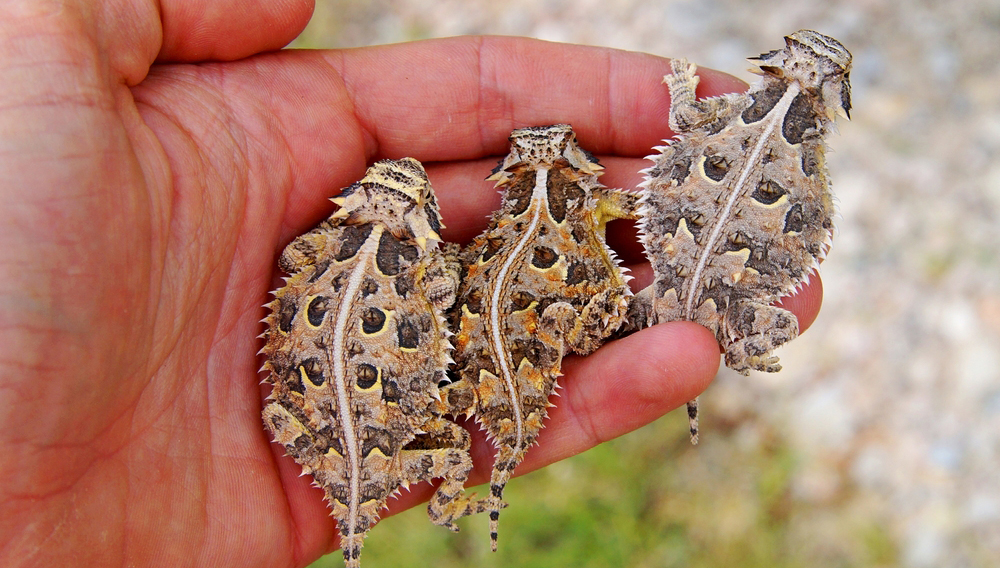
Save every drop. Texas horned lizards.
Switching to the night shift
Think animals are creative? You won’t believe how plants learned to endure and survive extreme climate. Dr. Nir Sade, from the School of Plant Science and Food Security at the George S. Wise Faculty of Life Sciences, studies how wild plants cope with the increase in dryness and heat. He seeks out and isolates the traits and mechanisms of resilience they develop and helps to introduce them, through genetic engineering and hybridization, to the crops accustomed to a moist and luxurious life, that are now unable to keep up with the changes in conditions.
"Plants have a number of ways to deal with global warming and the extreme conditions it brings with it," Dr. Sade explains. "The first is evolutionary, in which different plants have changed their photosynthesis process (a process in which the plant absorbs carbon dioxide and light, turning them into energy and emitting oxygen in return). Some have learned to streamline the process even under conditions of high heat and dryness. Corn, for example, has learned to concentrate the carbon dioxide it absorbs into specific, unique cells in its leaves, instead of the entire leaf, thus essentially "enriching" the carbon dioxide to maintain the efficiency of the process. Others developed a more extreme mechanism and shifted into night mode. Cacti, for example, absorb carbon dioxide at night instead of during the day, when the temperature and water loss are not as high, and save the fixation process for daytime. That’s how they manage to survive. "
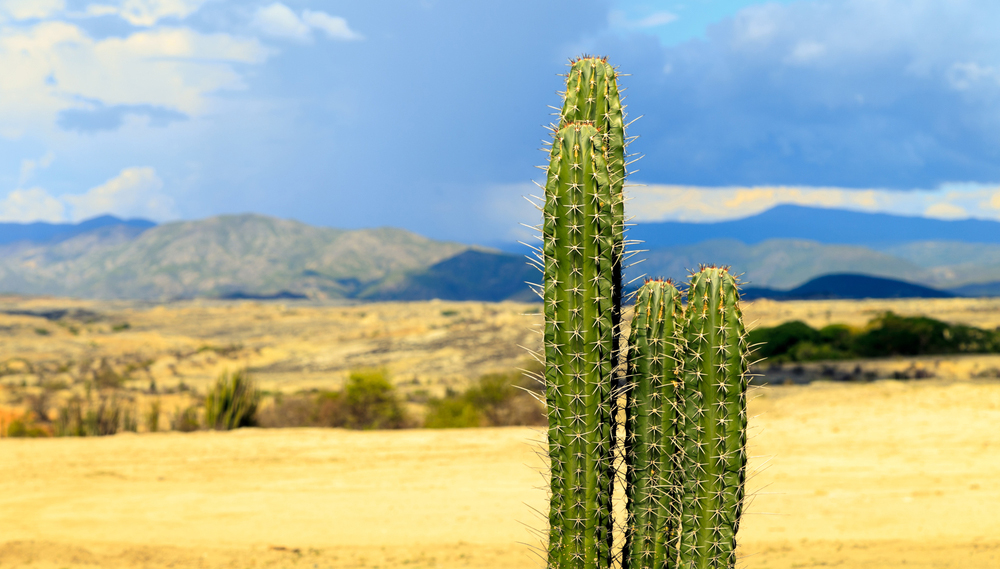
Changing to night mode. Cacti in the desert.
And there are other strategies as well: "Some plants don't want to deal with the conditions threatening them and prefer to escape them. These have adopted the motto: live fast, die fast. That is, they’re accelerating their life cycle," says Dr. Sadeh. “It’s a strategy particularly suited for extreme conditions like a Mediterranean climate, but it comes at a cost: the amount the plant produces can be smaller."
Some plants prefer to "look away" until the storm passes, which means avoiding extreme conditions, with the help of water retention in the leaf. "Plants that use the avoidance mechanism reduce water loss from the leaves by closing the stomata (unique cells responsible for the carbon dioxide water expulsion), and/or reducing the surface area of foliage (thus reducing the area from which water is lost). They also invest in water transfer efficiency, from the roots up to the leaves, by deepening and expanding the roots."
The toughest ones have developed a tolerance for the extreme conditions. "This is a group of plants that, despite the earth getting dryer, have learned to biochemically adapt, create molecules and synthesize proteins that protect them from harm," says Dr. Sade, adding: "Because most forecasts do not anticipate an improvement in the extreme climate change the world is experiencing, many resources are now being invested by commercial companies, through to government investments and university labs, to understand the molecular and genetic basis of plant response to extreme conditions."
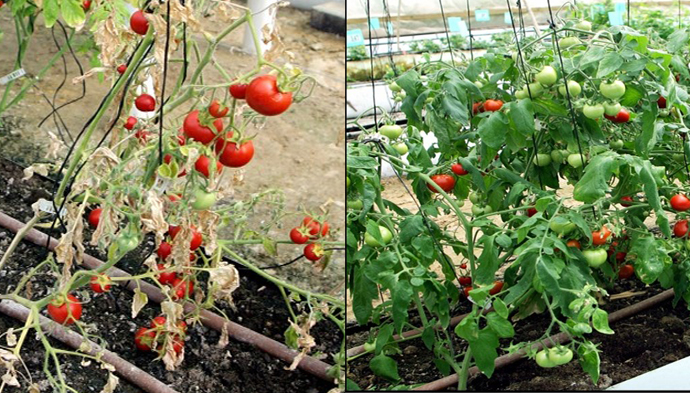
Be tough. Right: genetically engineered tomato shrubs that are irrigated with salt water, next to regular tomato shrubs
What do a laptop and a horse have in common?
Not only the flora and fauna need water to cool down and freshen up. Ever left your cellphone in the sun, to later find it not working? Without sufficient cooling, this is what happens to all electronic components. Nowadays, cooling systems are installed in computers that run a cooling liquid straight on the computer chip, through pipes only a few millimeters in diameter. The Micro Flow and Heat Transfer Laboratory of Dr. Herman Haustein, at the Iby and Aladar Fleischman Faculty of Engineering, investigates cooling mechanisms that are as thin as a single strand of hair. It’s a breakthrough study for building systems in the present and in the future.
"In these tiny sizes, phenomena that are usually ignored in systems like our home plumbing, are central and must be taken into account in order to characterize the flow, "explains Ido Laufer, an engineer at Dr. Haustein's lab. "The need for our research is at the forefront of the high-tech industry. For example, today, one of the factors limiting the electronics industry is the density of components that require power supply. On the one hand we want to fit as many components as possible in as little space as possible, and on the other – to find ways to cool them efficiently," he continues. "In order to cool components, we need a cold flow supply, which will remove heat from micron-sized systems (a hair is 100-50 microns in diameter). Our research contributes to the design of complex electronic systems such as computers, defense systems, and medical devices."
The capabilities of the equipment in Dr. Hausstein's lab are unique, therefore it’s used by researchers from many different disciplines, from the study of bats to the discovery of new materials. One popular field is biology. "It’s because every organism is dependent on the flow of liquids for its food supply and for removing waste, through similarly sized tubes," Laufer reveals. "In the hot days we’re currently experiencing, all the balancing of temperatures and maintaining body heat depends on the flow of liquids in our bodies. Water that we drink should reach the cells through the blood vessels, bodily fluids should reach the sweat glands and from there reach the skin to cool us, and more. The equations we’re developing aren’t dependent on a specific field of study, but provide a mathematical, physical solution, so they can be used in biological research as well as in other disciplines."
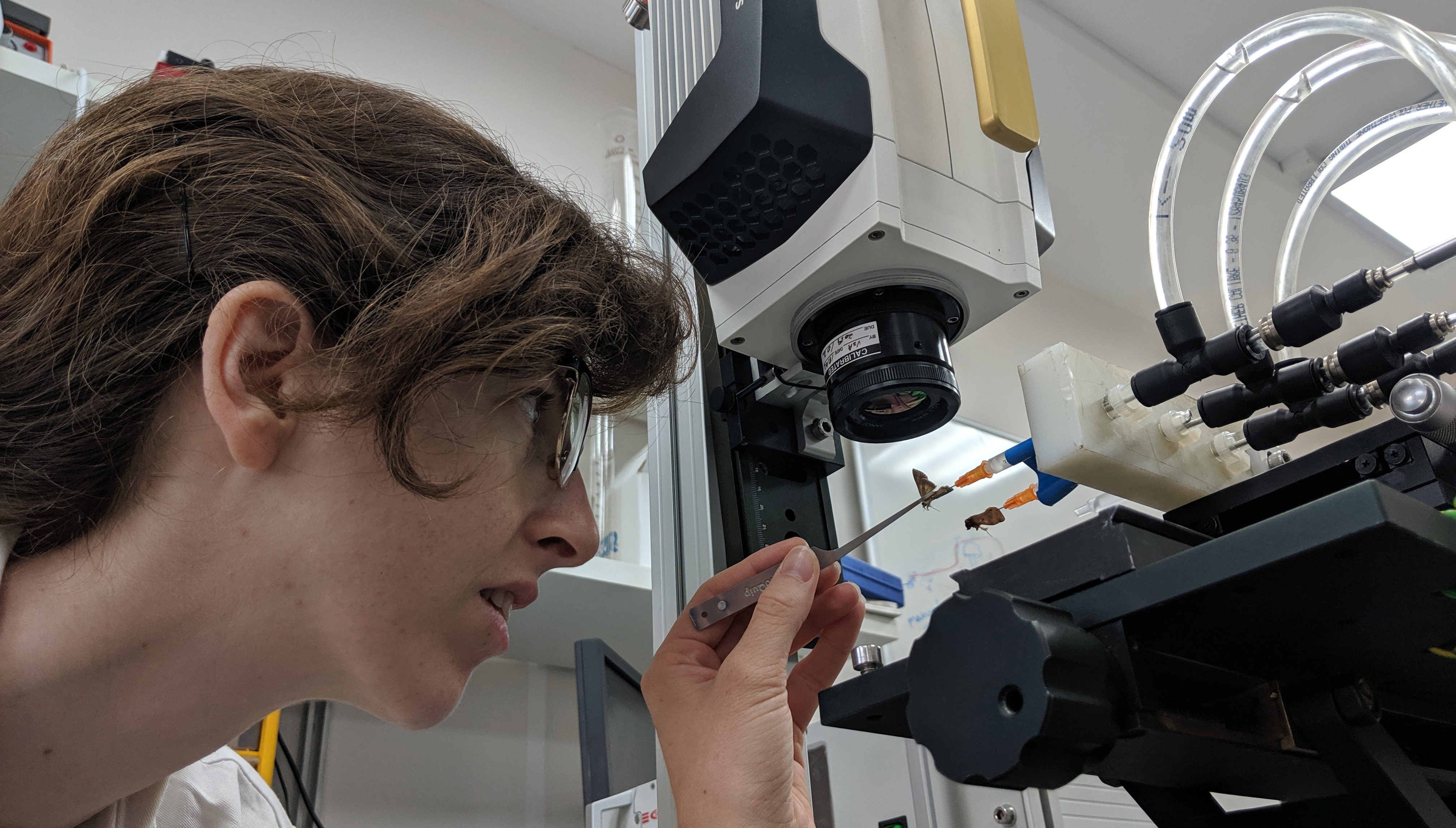
Researcher Rona Eckert of the School of Zoology, uses the unique equipment in the laboratory, as part of a study on heat conservation in the body of moths

